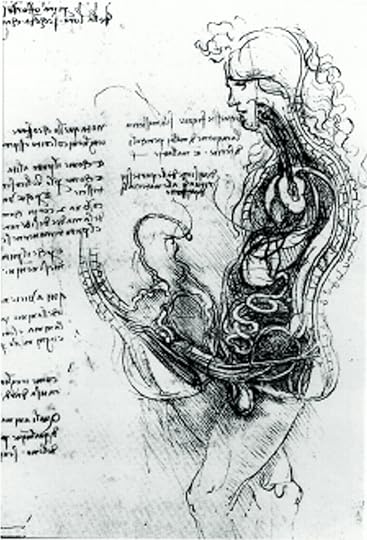What do you think?
Rate this book


307 pages, Paperback
First published January 1, 2001




After calmly presenting his data from behind the podium, Brindley stepped in front of it and pulled down his pants. Moments earlier, you see, he had gone to the men's room and secretly injected himself [with papaverine]. And now, before a room full of strangers, there it was: the, uh, ‘evidence’.
The audience gasped. Brindley did not want the urologists to think he was fooling them with a silicone prosthesis, so he headed into the crowd, proof in hand, and asked them to inspect it. ‘I had been wondering why Brindley was wearing sweatpants,’ says Dr Arnold Melman…
